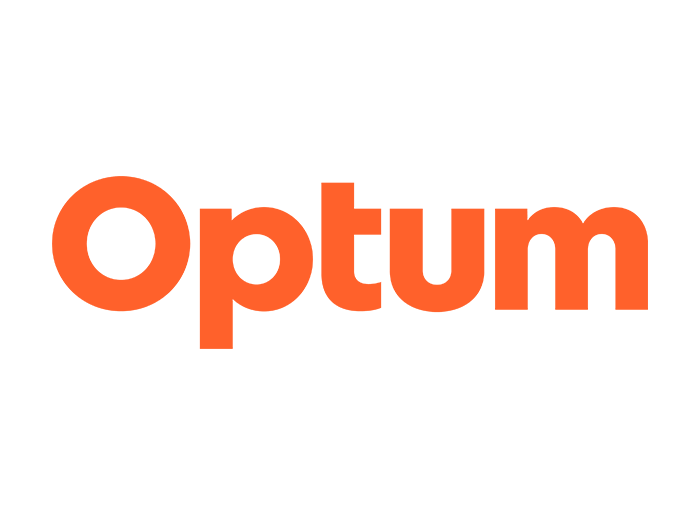Blockchain, Its Insurance Applications and Their Role in Building Resilience
The global COVID-19 pandemic has caused tremendous damage, claiming millions of lives while wreaking havoc on the global economy.
While companies have adopted more technology solutions to combat business disruptions, their overall financial resilience remains particularly vulnerable.
Companies are not alone in their predicament; the average household faces economic headwinds in the wake of the pandemic.
The World Bank estimates as many as 150 million people will be pushed into extreme poverty by 2021 as a result of COVID-19 and its economic impact.
With a third of adults around the globe remaining unbanked and a growing protection gap, (which is the portion of economic losses not covered by insurance), building financial resilience into our global economy is more critical than ever.
Breaking the cycle of generational poverty for large segments of the world’s population requires greater access to advanced financial instruments, such as insurance. A recent study by SwissRe’s Sigma research group estimates the current protection gap, at $1.2 trillion — a record high.
When one considers the rising number of extreme weather events and global economic disruptions like COVID, even the world’s largest economies will not be spared. Those in emerging economies, with no access to financial instruments like insurance or savings, will be the most vulnerable demographic impacted when these events occur.
Small-scale farmers, who rely on natural resources and their agricultural efforts as the primary source of food and income, are a prime example.
This lack of protection increases the likelihood of permanent displacement or voluntary resettlement due to land dry and crop failure due to the absence of viable financial protection available to assist in rebuilding and recovery. Technologies like blockchain can facilitate creating greater financial inclusion while providing insurance companies the efficiencies and verifications necessary to avail risk transfer solutions to these segments.
Blockchain Adoptions
To date, insurers have merely skimmed the surface in terms of blockchain applications, however the use cases are gaining momentum.
Applications of blockchain technology have the potential to drive radical change in the insurance industry while improving transparency and outcomes across the entire value chain. The trust and transparency of blockchain affords all parties in an insurance transaction is also critical to entice would be buyers of these new services that there is more than a promissory statement.
Insurers have been increasing their adoption of technology to help better underwrite and manage risks, as well as maximize efficiencies for operating margins.
Yet only a select few have been planning beyond the standard applications, and researching how these innovative platforms can facilitate new market expansion efforts. This has been easier to do in the emerging and developing markets as blue oceans.
Microinsurance and parametric solutions have been developed to provide cost-efficient products to emerging markets.
One such endeavor was recently launched between Oxfam and the Insurtech Etherisc, providing blockchain-based insurance for smallholder farmers in Sri Lanka. This program insures against extreme weather events using weather data as a parametric trigger, coupled with smart contracts. This means claims can be automatically paid via the blockchain platform based on the preset coverage triggers and weather data to farmers’ phones. Similar solutions have been developed to assist small farmers in South America and Africa.
While initially there was hesitation from farmers to purchase insurance, either due to cost prohibitive factors or merely a lack of understanding, these blockchain-based platforms are helping to overcome any uncertainty.
Access to these types of financial instruments helps farmers withstand unexpected financial shocks because of extreme weather events, therefore reducing the likelihood of backsliding into poverty. It also establishes a more resilient overall agriculture segment within these emerging economies, ultimately leading to upward financial mobility.
Challenges and Opportunities
For some insurers, accessing these smaller policy holders is not the only obstacle.
As many emerging economies are plagued with corruption, insurers take a cautious approach when exploring new market entry for their services. The application of blockchain solutions also creates more traceability and trust as mentioned earlier, which helps eliminate concerns around fraudulent or other nefarious activities.
This further enhances the strict compliance and regulatory aspects financial services firms like insurers need to abide by.
These applications of insurance and blockchain technology in the agriculture sector highlight just a fraction of the opportunities to help drive greater financial inclusion and reduce the protection gap.
While the insurance industry has been growing largely via consolidation over the past few years, it will face further constraints, with markets hardening and capacity for large traditional risk classes becoming more scarce.
This is yet another area where blockchain applied to the insurance industry can provide underwriters the comfort needed to underwrite emerging risk classes while reducing operation friction that would normally price out the lower echelon of the market.
Reducing this friction while increasing customer visibility (and therefore trust) can help eliminate under-insurance scenarios or risks that were otherwise deemed uninsurable. This has been demonstrated via research, where a 1% rise in insurance adoption translated to a 13% reduction in uninsured losses and a 2% rise in GDP.
Insurers need to adopt blockchain to not only operate more effectively, but also underwrite more broadly. COVID-19 will have long lasting implications on the way society operates and how business is done.
While technologies will allow us to work remotely, and vaccines will hopefully eliminate this virus, the financial implications across the most vulnerable members of our society will last for generations to come.
As the protection gap highlights, the world has grown more susceptible to economic shocks largely due our highly interconnected commerce. Insurance and blockchain applications can represent a powerful and under-utilized resource to help drive financial inclusion, build resiliency, and protect those who are most vulnerable. &










